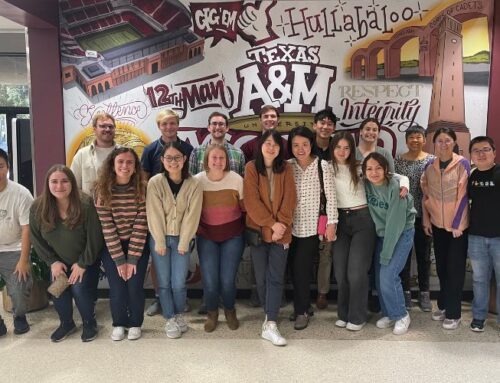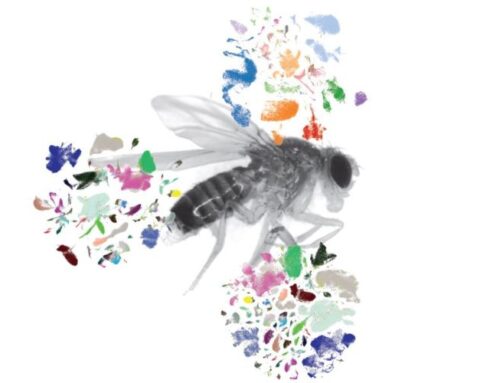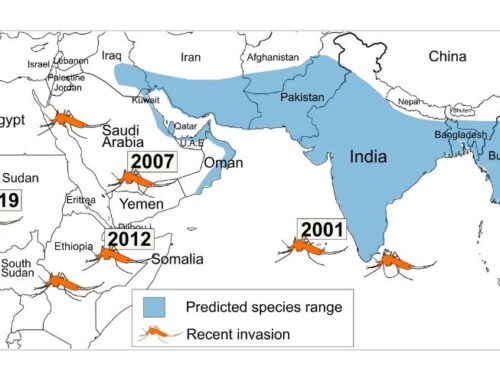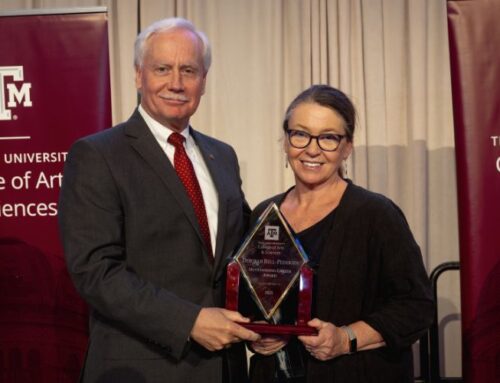Cracking the Bacterial Shield: How Dr. Angela Mitchell’s Lab is Tackling Antibiotic Resistance
By: TAMU Biology
 Why are some bacterial infections so hard to treat? The answer often lies in a microscopic shield: the outer membrane (OM) of gram-negative bacteria. This outer layer makes these pathogens especially tough—resistant to many antibiotics and difficult to kill. At Texas A&M University Department of Biology, Dr. Angela Mitchell leads a research program focused on understanding how gram-negative bacteria strengthen this outer shield, especially under stress. Her lab uses genetic and biochemical tools to investigate how bacteria adapt their outer membranes to become even more impermeable—making infections more dangerous and harder to treat.
Why are some bacterial infections so hard to treat? The answer often lies in a microscopic shield: the outer membrane (OM) of gram-negative bacteria. This outer layer makes these pathogens especially tough—resistant to many antibiotics and difficult to kill. At Texas A&M University Department of Biology, Dr. Angela Mitchell leads a research program focused on understanding how gram-negative bacteria strengthen this outer shield, especially under stress. Her lab uses genetic and biochemical tools to investigate how bacteria adapt their outer membranes to become even more impermeable—making infections more dangerous and harder to treat.
“Antibiotic resistance is becoming incredibly common, and it affects not only our ability to treat the everyday infections we all get, but also all aspects of medicine including cancer treatment and ability to perform surgery safely,” says Dr. Mitchell, “My lab works to identify pathways and mechanisms that help keep antibiotics out of gram-negative bacteria and determines the changes to these pathways that occur in the kinds of conditions found in the host. The pathways we investigate contain potential new targets for antimicrobials that could kill gram-negative bacteria or make them respond to the more than twenty clinically used antibiotics to which gram-negative bacteria are intrinsically resistant.”
Why it matters
Gram-negative bacteria are responsible for some of the world’s most life-threatening infections, from sepsis to pneumonia, and they’re increasingly resistant to available treatments. With no new antibiotic class for these bacteria developed in over half a century, Dr. Mitchell’s work is helping lay the foundation for urgently needed breakthroughs in medicine. By identifying how bacteria reinforce their defenses, her lab’s discoveries could unlock new ways to weaken that barrier and restore the effectiveness of antibiotics.





